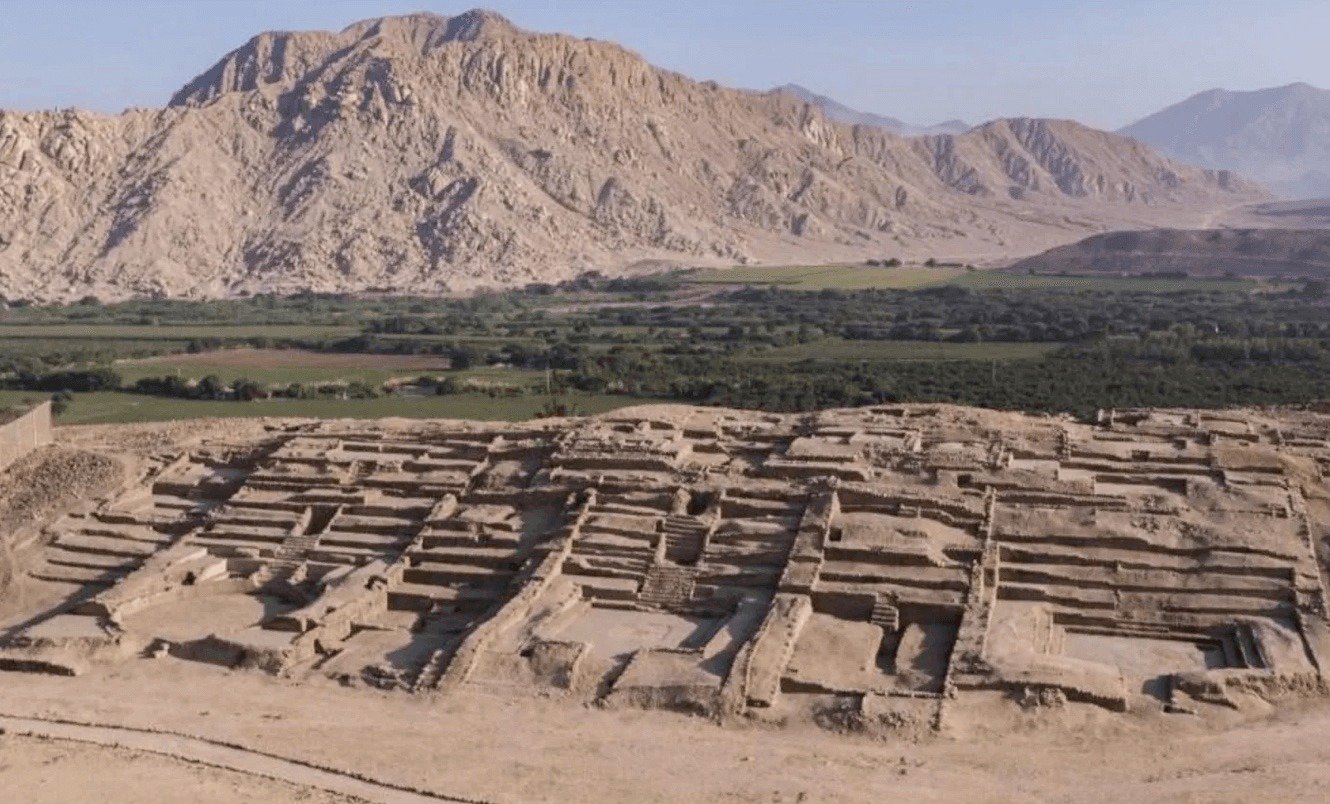Archaeologists in Peru have uncovered the ruins of a 3,500-year-old city named Peñico, a major discovery that could unlock secrets about the fate of the Americas’ oldest known civilization, Caral.
Located in the northern Barranca province, roughly 200 kilometers north of Lima and 600 meters above sea level, Peñico is believed to have been a vital trade hub connecting early Pacific coastal societies with those in the Andes and Amazon. Experts estimate it was founded between 1800 and 1500 BC, contemporaneous with early civilizations in Mesopotamia, Egypt, and China.
Led by renowned archaeologist Dr. Ruth Shady, whose groundbreaking work on Caral in the 1990s reshaped understanding of ancient America, researchers spent eight years studying Peñico, ultimately uncovering 18 structures—including ceremonial temples, residential areas, and a central circular plaza perched on a hillside terrace.
The excavation also yielded ceremonial items, human and animal clay figurines, and bead-and-seashell necklaces, offering a glimpse into the community’s cultural and spiritual life.
Peñico’s proximity to Caral—which dates back 5,000 years and features monumental pyramids and advanced agricultural systems—suggests it may represent a continuation of the Caral civilization, which was heavily impacted by climate change. Dr. Shady emphasized the site’s strategic location for trade, enabling interactions between diverse ecological regions.
Fellow archaeologist Marco Machacuay, of Peru’s Ministry of Culture, said the discovery strengthens the idea that Caral’s legacy did not vanish but evolved into new communities like Peñico.
This announcement adds to Peru’s rich archaeological tapestry, home to iconic sites like Machu Picchu and the Nazca Lines, reinforcing its position as a cradle of early human civilization in the Americas.






0 Comments